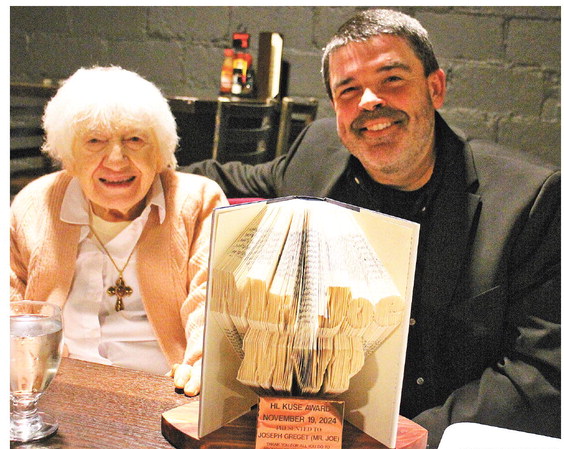County employees, buildings will follow mask order


Executive committee affirms county will follow statewide mask order
The Taylor County Executive Committee went on record on Tuesday that the county would be following Gov. Tony Ever’s mask order for the courthouse and all other county buildings.
All county employees are required to wear the masks as outlined in the governor’s order unless working alone in a private office or away from public access. The provision includes a variety of other times such as for medical or work safety reasons that masks are not required. In addition, those entering the county buildings will be strongly advised to wear masks with some supplied at the entrances for members of the public who forgot their mask.
Gov. Evers issued an emergency order last week that people must wear masks when inside any non residential buildings. The order was issued in response to increasing numbers of COVID-19 cases in the state. The order lasts until September 28. Hours after the order was issued, sheriff Larry Woebbeking issued a statement that his department would not be participating in enforcement of the mask order. This would leave potential enforcement action to other departments such as the district attorney’s office or the health department. The sheriff’s statement also caused confusion among county staff, and many residents, who interpreted the statement that the mask rule would not be in effect in the county.
On Tuesday, the executive committee made up of county board chairman Jim Metz, first vice chairman Chuck Zenner and second vice chairman Scott Mildbrand clarified the county’s position as following the governor’s order.
Mildbrand said that initially he was concerned committee members would be asked to force the sheriff to enforce the order. “I don’t believe we have that authority,” Mildbrand said.
County corporation counsel Courtney Graff agreed that the county board had limited authority over the sheriff. She said the county could seek a writ of mandamus from a judge to compel the sheriff to do his job and enforce laws. However given the language of the governor’s order Graff advised against that course of action. She said another option would be for the county to adopt the order as a county ordinance, which would also compel deputies to enforce it. “I don’t think that is our position,” Graff said.
Zenner said the meeting’s focus was not on the rest of the county, but rather on county employees and visitors to county buildings.
Woebbeking questioned the need for the county to take action, noting the governor’s order is in place. “Why do we have to take any action?” he asked. “It is because of you,” Graff responded, noting the county has potential liability if people do not wear masks. She said the county wants to go on record that while the masks may create a “slight inconvenience” they are important as a way to slow the spread of COVID-19.
While supportive of the measure, county human resources director Marie Koerner, asked about enforcement, especially in regard to exceptions allowed for those with medical reasons for not wearing the masks.
“I don’t want to be the mask police. I have plenty to do without being the mask police,” Koerner said.
Taylor County Public Health director Patty Krug said approval from the executive committee would allow a memo to be circulated to all county departments stating the mask must be worn. This leaves the door open for potential job action if an employee refuses to follow the rule and does not have one of the list of exemptions.
Committee members agreed and unanimously approved the rule being applied for county employees and buildings.
Krug also reported to committee members that as of the meeting time, the county was up to 57 residents with confi rmed positive test results. Of that number 16 are active positive cases with 10 considered to be “recovered” in that they have been symptom-free for 30 days. She noted there have been 12 positive cases in the past week. There are an additional 31 cases showing symptoms but who have not yet had a positive test result. In total, the county has had 1,685 disease investigations take place. Beyond that, the county health department has 25 current contact investigations underway out of 165 contact investigations that have taken place since March.
Krug outlined a spreadsheet showing the expense to Taylor County due to the COVID-19 pandemic including both actual cost and the value of work time spent on pandemic versus other tasks. Since March, the public health department staff has dedicated 3,853.5 regular staff hours to COVID-19 related work. This is valued at $79,758.02. In addition there was compensatory time for the health department’s two salaried employees who together logged 473.75 hours with a value of $17,403.70. The county has also used 719.5 hours of grant-funded time for COVID-19 response valued at $18,555.91 with an additional $5,427 in limited term employee cost and $783.48 in overtime. Combined, the county cost since March first has been $232,938.11.
Krug noted this was just for Taylor County where the number of cases is low. “There is a point in time when we may need to hire more employees,” Krug said.
“I think you have done a great job,” Zenner said, expressing his support to the entire public health department.


